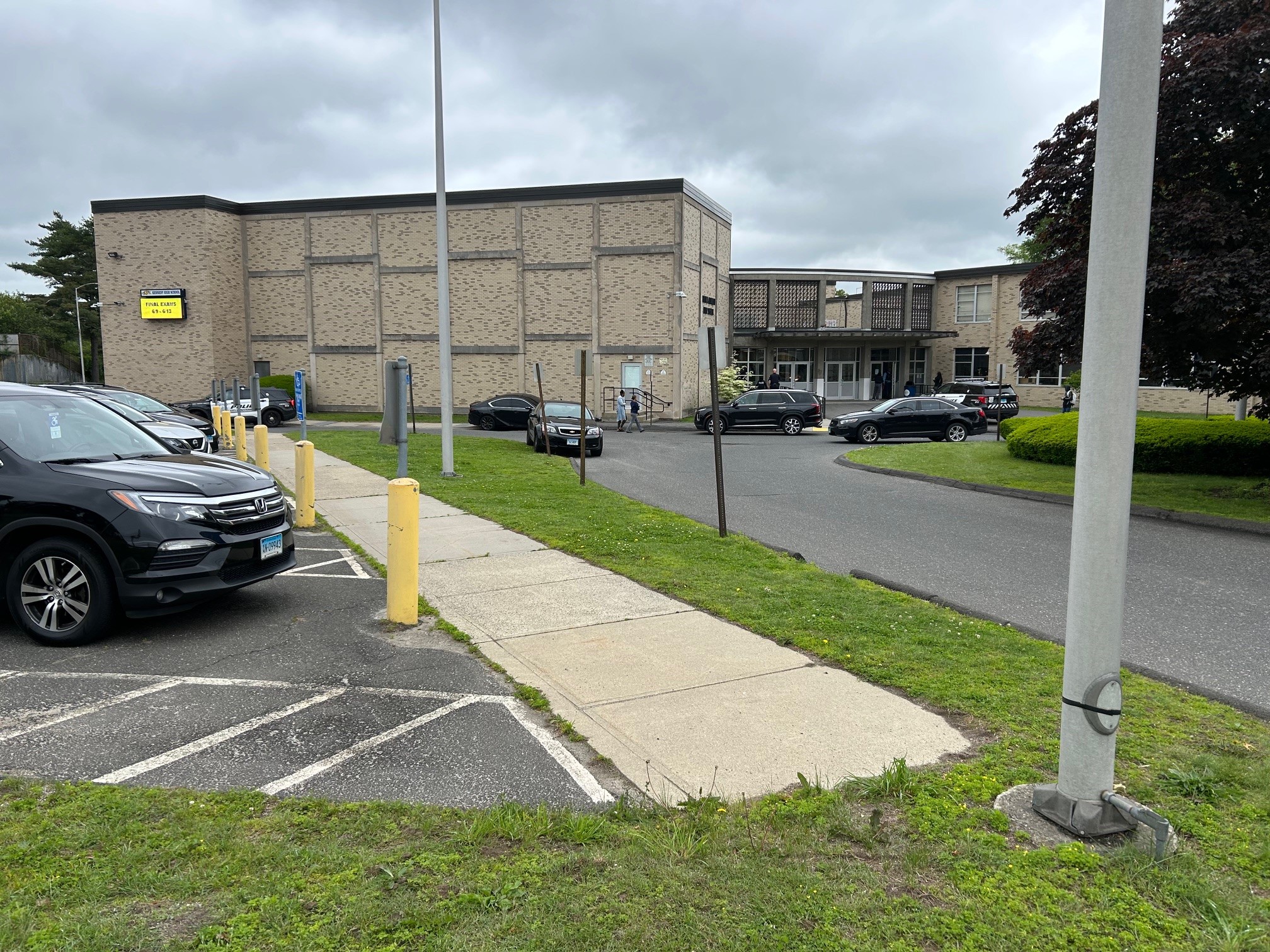“This has not been an easy time. Four years is a long time to wait for a report like this,” New Haven Fire Chief John Alston said.
He spoke in front of firefighters and the media Wednesday, when the National Institute for Occupational Safety and Health (NIOSH) released the Line of Duty Death Report for firefighter Ricardo Torres Jr.
Stream Connecticut News for free, 24/7, wherever you are.
Torres died on May 21, 2021, while responding to a house fire on Valley Street. The federal report details what contributed to his death and recommends areas for improvement.
Torres was on a three-man team that night, led by Lt. Samod Rankins, who has since retired. Torres became separated from the other two while in a room on the second floor. One of the contributing factors and recommendations is crew integrity.
Get top local Connecticut stories delivered to you every morning with the News Headlines newsletter.
The report says firefighters should “operate under the direction of the company officers,” and that the “ultimate responsibility for crew integrity and ensuring no members get separated or lost rests with the company officer.”
The report also cites professional development as a contributing factor and recommended area for improvement.
When asked about crew integrity and professional development, Alston said all of the department firefighters are trained in crew integrity, pointing out there’s a difference between training and experience.
Local
“Crew integrity is something that is bred into us,” Alston said. “Whether it was training, whether it was lack of experience, we don’t know. We do know that night, when we first heard that radio call from Ricardo Torres, that he was disoriented, that crew was separate at the time.”
The report also noted that Rankins was carrying a thermal imager. According to the 2023 Connecticut State Police report on the incident, Rankins gave the imager to a second person on the crew and sent him out of the house when they began to run out of air, leaving Rankins alone in the room still searching for Torres without it.
“Having the camera or not having the camera was not a contributing factor in the death of firefighter Torres,” Alston said. “Firefighter Torres was disorientated and became lost in the fire, separated from his crew, and died of asphyxiation.”
The report mirrors other findings in the state police report that details exactly what happened inside the home. That report outlines how several crews attempted to locate and rescue Torres but ran out of air.
Multiple crews made efforts to get him out, finally finding him on the ground, untangling his gear from the radiator to lift him out. It took 17 minutes from when his mayday was called.
“I think it offers some closure,” union president Miguel David Rosado said. “It’s basically the culmination of four years of individuals who have been at the scene and worked with Ricardo Torres Jr., [gives] the opportunity to close the event. He has not been forgotten. But now with this report, any unanswered questions, any of the concerns they have can start to be addressed.”
The nine contributing factors and the areas recommended for improvement are: scene size-up and risk assessment, crew integrity, air management and firefighter survival, basement/below-grade fire operations, mayday management, rapid intervention crew/team, incident safety officer, incident command technician and professional development.
Alston spoke at length Tuesday about the protocols and procedures they’re working to address in each of these areas, staying committed to making those changes.
“We owe it to them and to every firefighter who risks their lives daily to learn everything that we can and to act decisively from what we know,” Alston said. “We honor their service by facing the truth, learning from this tragedy, and committing to actions that protect all members of our department moving forward.”



